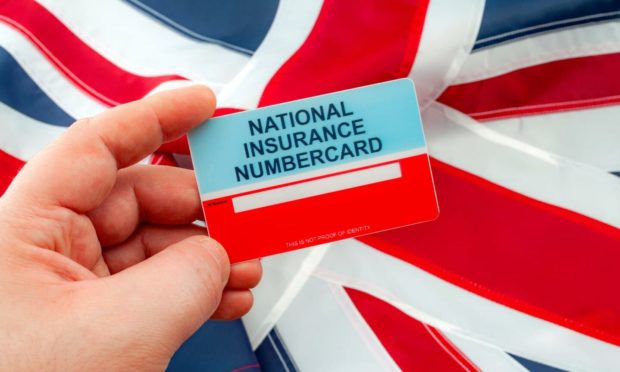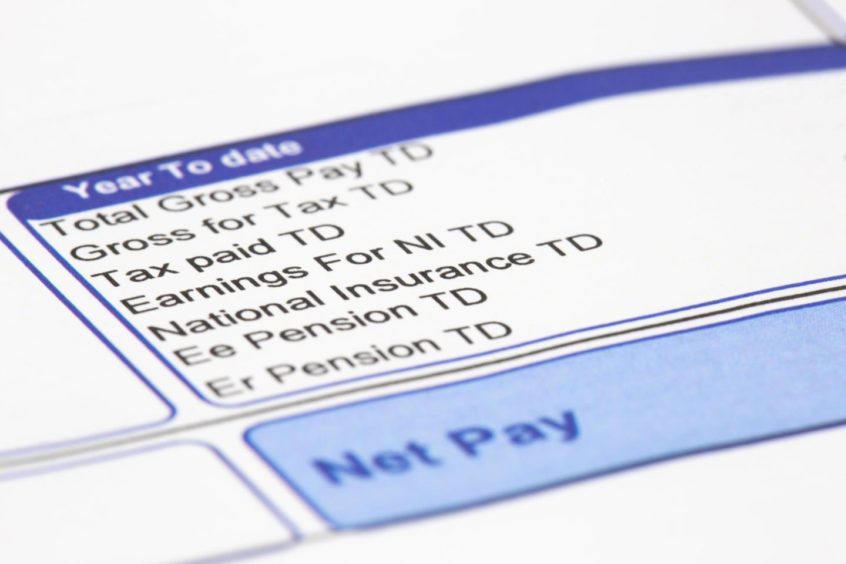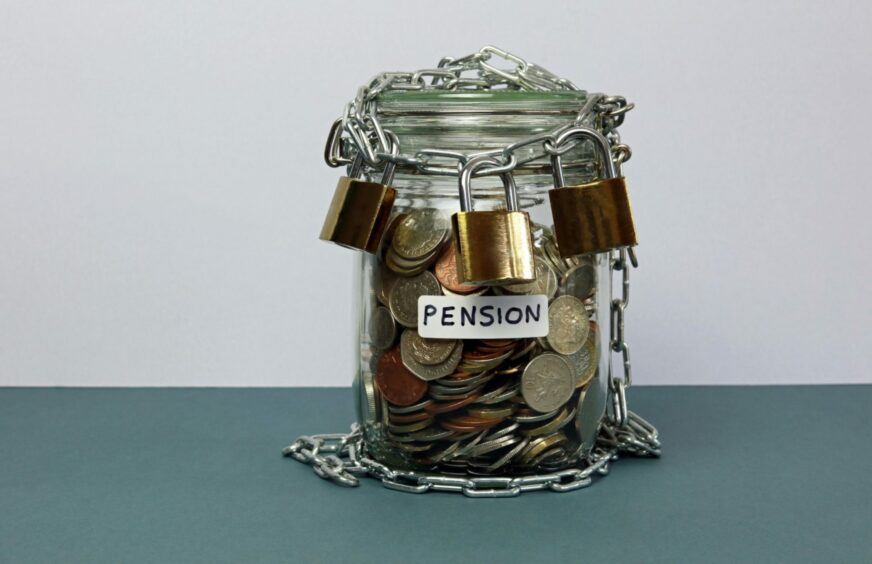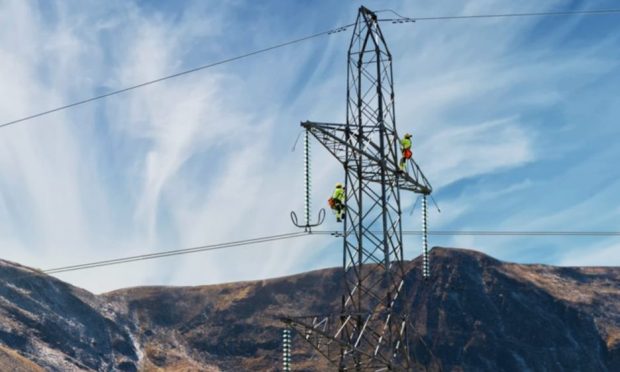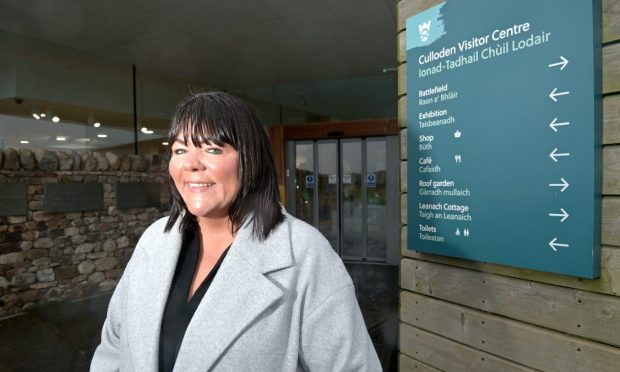The Chartered Institute of Taxation (CIOT) has outlined some of the implications for Scottish taxpayers when National Insurance (NI) rates rise by 1.25% from next April.
They will return to their current levels from 2023-24, when the temporary increase will be replaced by a standalone 1.25% surcharge.
Anyone with annual income from employment of more than £9,568… will pay more NI.”
Changes to dividend tax that were announced alongside the proposed NI increase will also apply to Scotland, as control over this is likewise reserved to the UK parliament.
Alexander Garden, chairman of CIOT’s Scottish technical committee, said: “For higher earners in Scotland who have employment income between the Scottish and UK higher rate thresholds for income tax, currently £43,662 and £50,270, these changes would mean that next year this portion of their income would be taxed at a marginal rate of 54.25%, compared to 33.25% for people elsewhere in the UK.”
He added: “This is because the upper earnings limit for National Insurance, the point at which the rate of NI paid will fall from 13.25% to 3.25%, is linked to the UK, not Scottish, higher threshold.
“This anomaly has existed since the Scottish and UK higher rate tax thresholds began to diverge in 2017.”
Boris Johnson’s national insurance rise branded a ‘poll tax’ for low income Scots families
The changes also mean anyone with annual income from employment of more than £9,568 – below the level of earnings at which income tax starts to be paid – will pay more NI.
Mr Garden said: “Most employees will pay an extra £37.53 per year more than they would have if the government had decided to fund this package through income tax.”
Meanwhile, money experts have said the UK Government’s decision to suspend the triple lock on state pensions to counter a big rise in average earnings this year was not the only option on the table.
Department for Work and Pensions Secretary Therese Coffey has confirmed the triple lock will be scrapped for a year, reverting to a double lock for 2022-23.
The triple lock promised state pensions would rise by whichever was the largest of three figures – annual inflation, average earnings rises or by 2.5%.
On those grounds, pensioners should have been in line for an 8% rise in their weekly payouts next year.
But rather than pay this, the government has simply scrapped the earnings element of the triple lock, promising it will return next year. This will save it an estimated £4.5 billion a year.
Ms Coffey said she was taking the measure to stop pensioners “unfairly benefitting from a statistical anomaly,” where the rise in annual earnings this year was a result of millions of people seeing their wages fall 20% while they were on furlough last year.
James Andrews, senior personal finance editor at money.co.uk, said: “On one level the decision to suspend a manifesto pledge makes economic sense, with a bumper payout coming just as the government looks for any way it can to find money to cover the cost of Covid-19 payments and earnings still down on two years ago.
“But people are bound to ask why they made that decision… when suspending the triple lock was far from the only option on the table.
“For example, it would also have been possible to move the earning element to a three-year average rather than an annual figure.”
Unfinished business
Longer-term change is inevitable, Mr Andrews said, adding: “It’s quite simply mathematically impossible to maintain the triple lock indefinitely, with the promise guaranteeing pensions will cost the government more and more every year regardless of what happens to the taxes coming in.
“A single year’s suspension might cover a statistical anomaly, but it does nothing to answer the bigger question.”
Scots now more financially resilient but still facing £31bn savings shortfall
